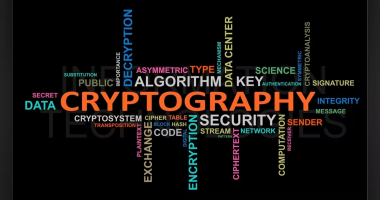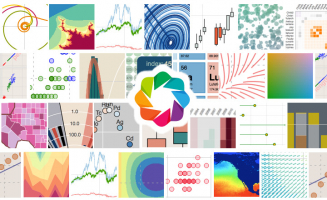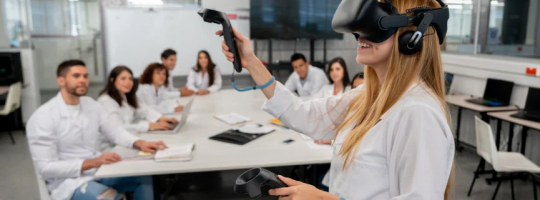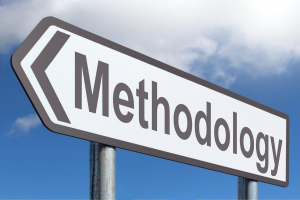Top 10 Best Online History Courses
Learn about history with online seminars and courses that cover a wide range of topics from ancient to present times. World wars, important historical events, ... read more...the Middle East, the Middle Ages, the Roman Empire, American history, and other themes are covered in history classes. Thus, to satisfy the burgeoning demand for online yet qualifying courses, Toplist has compiled a rundown of the Best Online History Courses for those in need.
-
Have you ever wondered how historical or scientific collections, such as those seen in museums and libraries, come together? Or, more specifically, how and why do curators, historians, archivists, and preservationists go about their work.
You'll learn how tangible things have molded academic fields and reinforced or challenged people's limits in Tangible Things. Tangible Things is one of the Best Online History Courses. This course will draw on some of Harvard University's most remarkable objects, showcasing a few to give you an idea of the potential of learning via real objects. You and your classmates may explore Harvard's incredible collection of physical items, including books and manuscripts, art pieces, scientific specimens, ethnographic artifacts, and historical relics of all kinds, by "walking onto" the legendary campus. The University's collections include Turkish sundials, a Chinese crystal ball, an Angolan divination basket, and nineteenth-century "spirit writing" on a child-sized slate, in addition to a Gutenberg bible. Henry David Thoreau's pencil, an Abraham Lincoln life mask, and chemicals stolen from a Confederate ship are all tucked away in storage cabinets, closets, and backrooms of its museums and libraries. The Art Museums are home to not only Renaissance masterpieces, but also a silver-encrusted cup crafted from a coconut. Not only does the Natural History Museum include dinosaur bones and a fish robot, but it also has an entire Mexican tortilla that is over a century old.The first portion of the course will look at how a monument, a fish, and a gingham gown have all contributed to Harvard's history, and you will discover the importance of pausing to look around. In the following segment, the course will look at some of the different ways people have put things together to preserve memory, encourage trade, and define culture. Finally, the course will look at how to rearrange items in order to provide fresh perspectives on nature, time, and everyday labor. You'll learn new ways to look at, organize, and understand real items in your own surroundings along the way.
What you will learn:
- Understanding the methods used in museum curation
- The fundamentals of historical interpretation and analysis
- Strong critical thinking and analytical abilities strong understanding of the job that historians, curators, and collectors do
- How objects that appear to belong to different disciplines may really "speak" to one another. How a detailed examination of a single object can push academic and disciplinary boundaries.
- How seemingly unconnected items may reveal connections between art and science, the economy, and culture, as well as between individuals in many regions of the world.
Duration: Estimated 10 weeks (1–3 hours per week)
Fee: Free (Optional upgrade available)
Self-paced: Progress at your own speed
Enroll here: https://www.edx.org/course/tangible-things-discovering-history-through-artwor
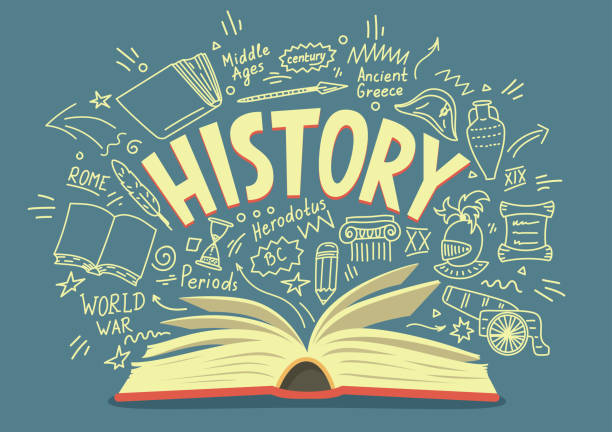
digitaldefynd.com 
digitaldefynd.com -
Religion is a vast and intriguing subject that encompasses much more than religious ideas and rituals. Learners will investigate the diversity and growth of faiths throughout the world in this series. Learners will examine issues such as gender and sexuality, art and science, violence and peace, and power and authority through the lens of scripture.
Although Judaism, Christianity, and Islam are worldwide religions with a wide range of languages, cultures, histories, and creeds, the sacred books of the Tanakh, Bible, and Quran provide a common language for their adherents. How do Jews use classic literature for inspiration and guidance? What has been the impact of Christians' tales and teachings? What is the connection between the Quran and Mohammed, the prophet? This series will provide answers to these issues as well as expose you to these topics.Religious scriptures from all around the Indian subcontinent may be found in Hinduism, Buddhism, and Sikhism. What impact do these texts have on their followers' lives? What difficulties do practitioners have while working with diverse collections of scriptures? Why is Sikhism, the world's fifth biggest faith, so little recognized in the West? By researching scripture, literature, and modern media pertinent to various religions, students will investigate the doctrines, beliefs, and history of these adherents.
What you will learn:
- Interpret the current and historical functions that global faiths perform.
- Appreciate global religions and their texts for their intrinsic variety and growth.
- Recognize the benefits and drawbacks of studying global faiths through their sacred books.
- Investigate how scriptures are understood for various purposes in various historical and cultural situations.
- Participate in in-depth readings of global texts.
Duration: 7 months (5 - 10 hours per week)
Fee: $346.50 (For the full program experience)
Self-paced: Progress at your own speed
Expert instruction: 7 high-quality coursesEnroll here: https://www.edx.org/xseries/harvardx-world-religions-through-scriptures
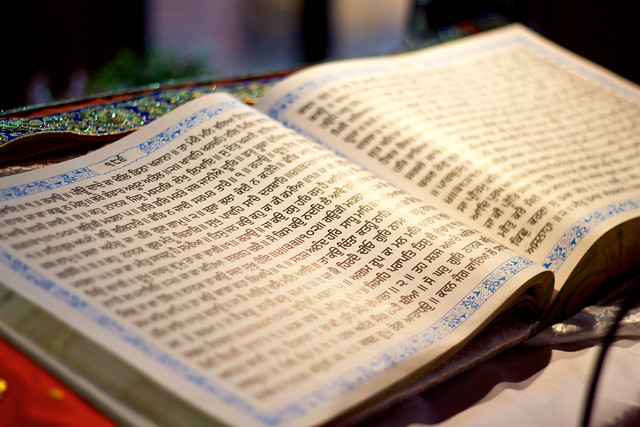
examboard.in 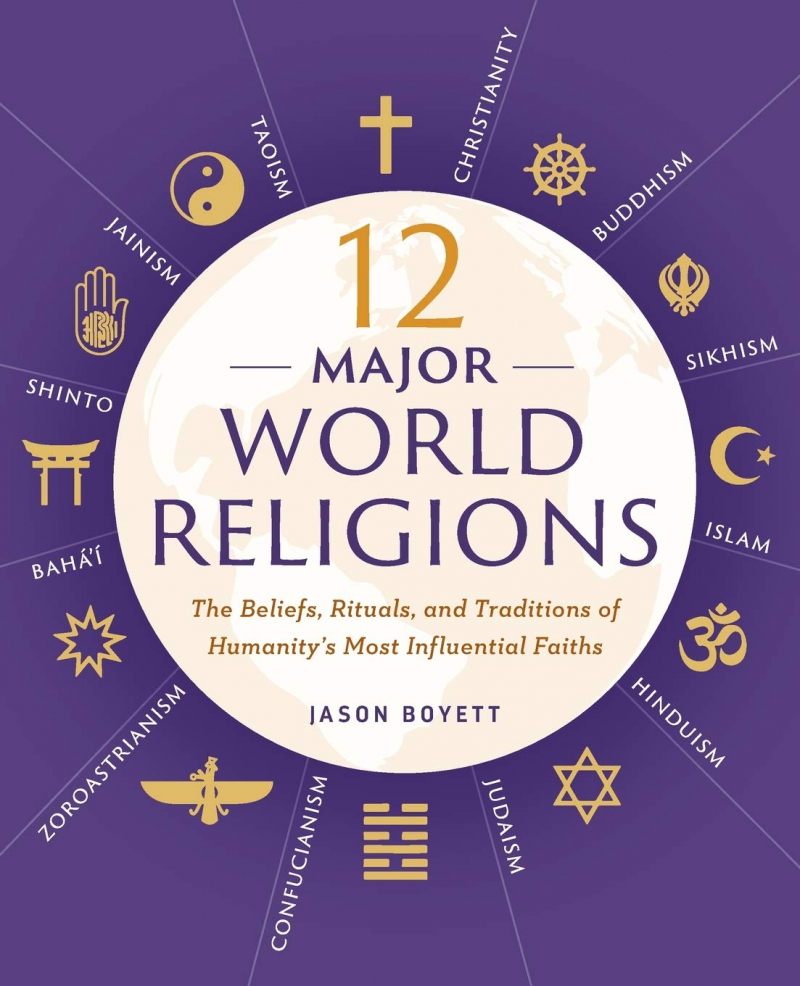
examboard.in -
From the Neolithic to the Final Dynasties: A History of China examines the evolution of this vast civilization from the Neolithic to the last dynasty, and is one of the Best Online History Courses. You witness the emergence of political structures and social practices that have persisted to the present day; you learn to appreciate sophisticated and refined artistic and literary traditions; you ponder their philosophical and religious legacies and their relevance to your lives, and you follow the development of the world's largest economy.
With this comprehensive series on the country's history, geography, and culture, you may learn about the evolution of Chinese civilisation. This course will guide you through China's literary, philosophical, political, and cultural history, from the Neolithic to the formation of the world's greatest global economy.Ancient China's political and moral principles are becoming an increasingly essential aspect of the country's present identity. This series will demonstrate how China's civilisation grew and how it evolved into the world's first centralized bureaucratic state, managing the world's biggest people. You will learn why the family is so important in Chinese culture, how Buddhism became ingrained in daily life, and how the literati's high culture expanded to include not only calligraphy and classical Chinese poetry, but also dramas and novels. All of this took place against the backdrop of a continually shifting political environment, as empires, dynasties, and economies rose and collapsed.
What you will learn:
- The beginnings of China and early themes in Chinese culture are still relevant in the twenty-first century.
- How did people's attitudes towards themselves change with the development of aristocratic culture and Buddhism?
- Classical Chinese poetry and calligraphy are both ancient Chinese arts.
- How China's evolving social and political elite delivers unity to the country and ushers in a new era of global empire
- The economic and political realities of today's China arose centuries ago in the region.
Duration: 1 year 7 months (1 - 3 hours per week)
Fee: $445.50 (For the full program experience)
Self-paced: Progress at your own speed
Expert instruction: 5 high-quality coursesEnroll here: https://www.edx.org/xseries/china-civilization-empire
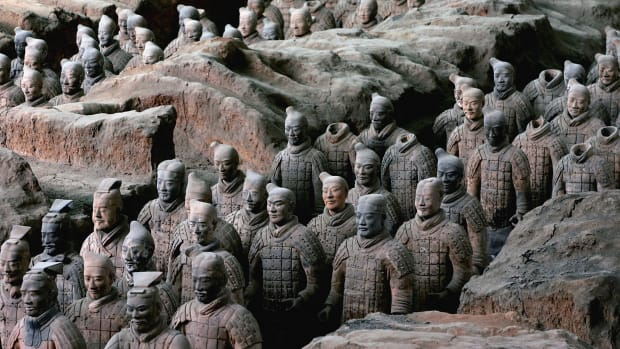
history.com 
history.com -
Through the rich historical visual archives, this 3-course XSeries covers Japan's modern history from the 1850s to the 1930s, as well as that of postwar Tokyo. Visualizing Japan is one of the Best Online History Courses.
The first course, "Visualizing Japan (the 1850s–1930s): Westernization, Protest, Modernity," looks at how historians "visualize" the past and examines historical events such as Commodore Perry's 1853–54 mission to Japan and the Hibiya Riot in Tokyo in 1905. It also looks at modernism via the archives of Shiseido, a famous Japanese cosmetics manufacturer. Visualizing Postwar Tokyo, Parts 1 & 2 focus on the changes and advancements in Tokyo after WWII, as well as the gazes exchanged in postwar Tokyo as a location of visuals. This XSeries provides an excellent overview of Japan's modernization and the development of postwar Tokyo.
What you will learn:
- The beginnings of China and how early themes in Chinese culture are still relevant in the twenty-first century
- How did people's attitudes towards themselves change with the development of aristocratic culture and Buddhism?
- Classical Chinese poetry and calligraphy are both ancient Chinese arts.
- How China's evolving social and political elite delivers unity to the country and ushers in a new era of global empire
- How the economic and political realities of today's China arose centuries ago in the region
Duration: 5 months (2 - 4 hours per week)
Fee: $147USD (For the full program experience)
Self-paced: Progress at your own speed
Expert instruction: 3 high-quality courses
Enroll here: https://www.edx.org/xseries/visualizing-japan
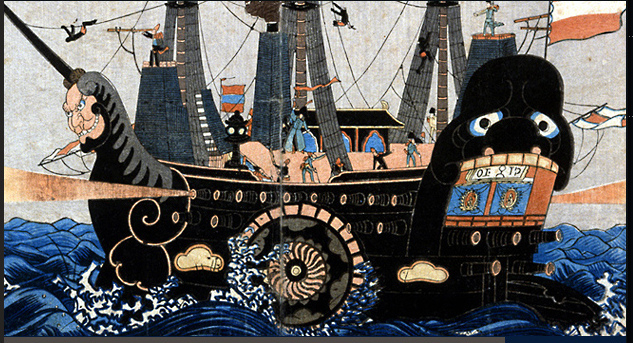
ischoolillinois.libguides.com 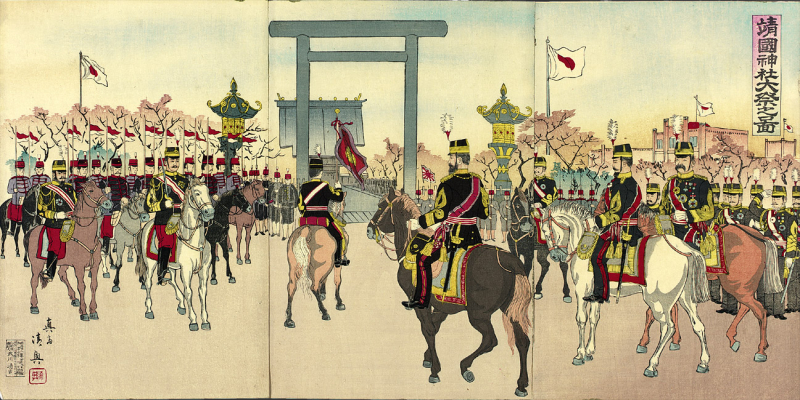
ischoolillinois.libguides.com -
This brief literature course, based on the first half of the edX MOOC Masterpieces of World Writing, looks at how ancient civilizations and cultures defined themselves through literature, and how that literature has contributed to the knowledge of those civilizations and cultures today.
From antiquity until the Middle Ages, cities, countries, and empires relied on fundamental histories and myths to define their identities, passing these narratives down through generations through oral storytelling and new writing technologies. These epics, tale collections, and novels, which take a strong interest in heroic journeys, would eventually travel as the first works of world literature, finding new worldwide audiences.This course journeys through time, from mythical narratives of ancient rulers through the history of medieval courts and early-modern explorers, tracing advancements in language, writing, and literary form. We'll pause to analyze how each of these writings influenced the history of their respective times, as well as how they've gained fresh importance and relevance in ours.
What you'll learn:- The Early History of World Literature
- How literary works are transformed by cultural transmission and modern recovery
- How to Critically Analyze Literary Works
- The significance of major technological advances in writing
Duration: Estimated 6 weeks (3–6 hours per week)
Fee: Free (Optional upgrade available)
Self-paced: Progress at your own speed
Enroll here: https://www.edx.org/course/ancient-masterpieces-of-world-literature
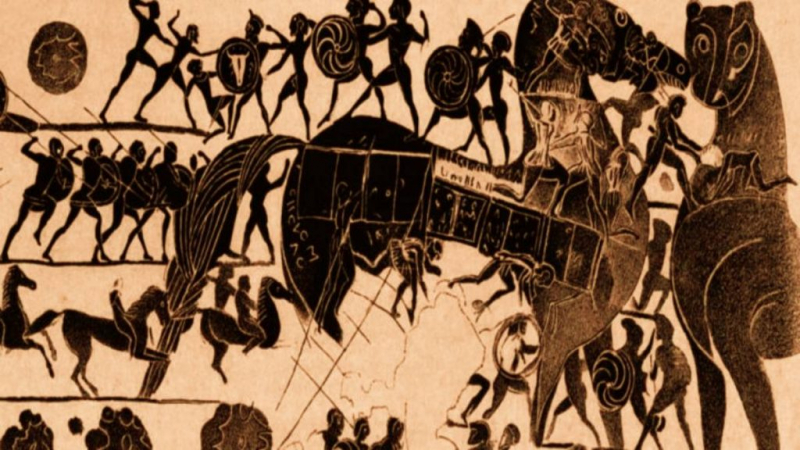
pll.harvard.edu 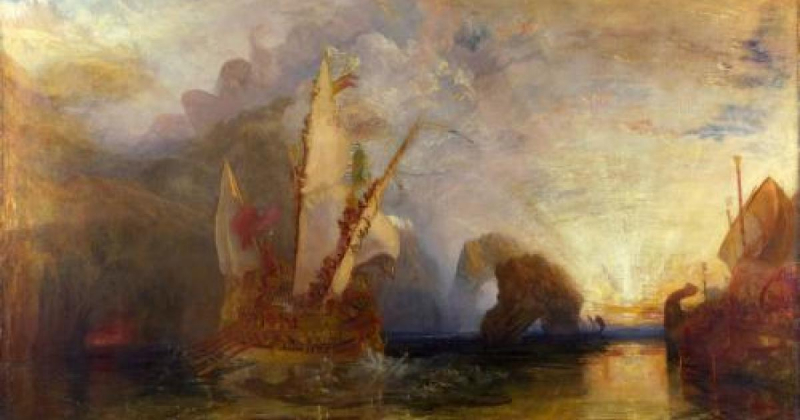
pll.harvard.edu -
There has been a recent spurt of activity among American women as people approach the centennial of the adoption of women's suffrage in 1920. A record number of women are vying for political office. To demand change, women are banding together and taking to the streets. Inclusion and intersectionality are issues that women are wrestling with. While part of this activity was in response to the 2016 presidential election, its roots are firmly planted in 20th-century history, which is well-represented at Harvard's Schlesinger Library Building's 75th Anniversary Exhibit.
This course demonstrates the significance of archives in the construction of history. Professors Laurel Ulrich and Jane Kamensky, together with others from Harvard and beyond, demonstrate how women in the United States throughout the twentieth century pushed limits, campaigned for new rights, and challenged conventional views of what women could and should accomplish.
They explain how women generated change by embracing education, adopting new technology, creating inventive works of art; pushing against prejudice, and entering into new roles in public and private; via the analysis of 10 notable artifacts from the Schlesinger collection.What you'll learn:
- The many ways ordinary people have created change
- The centrality of women in American history
- How history is complex, nonlinear, and in constant conversation with the present
- How objects can embody stories of change
- How our understanding of history is shaped by which stories are told
Duration: Estimated 8 weeks (2–3 hours per week)
Fee: free (optional upgrade available)
Self-paced: Progress at your own speed
Enroll here: https://www.edx.org/course/women-making-history-ten-objects-many-stories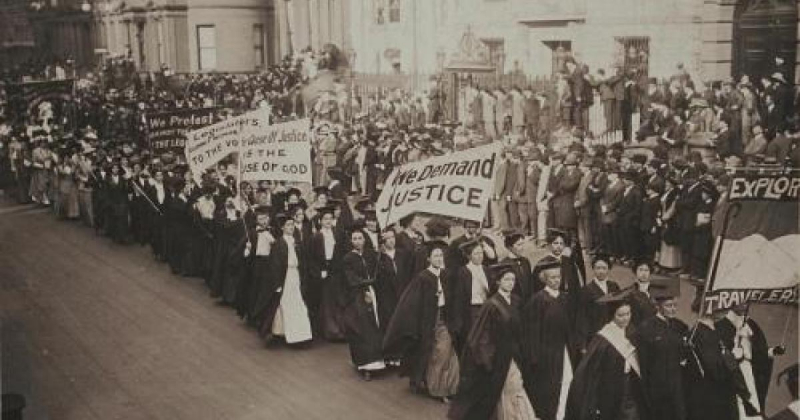
abcnews4.com 
abcnews4.com -
Explore the concerns represented via the art of painting by learning about the inspired work of the finest European painters from around 1400 to 1800. The works of Leonardo da Vinci, Caravaggio, Velázquez, Rembrandt, Vermeer, and Goya are included in this large time period. During this time, painters were interested in topics such as the pursuit of beauty, the pleasures and sufferings of love, the display of power and prestige, and men and women's relationships to the divine and to nature. In artworks from this time period, you may see evidence of the birth of the contemporary mind-set and viewpoint on subjects such as the roles of women and men in the world.
The photographs of paintings by the artists included in the course curriculum are the subject of this course. The conversations that will take place in the "course forum" will provide you the opportunity to debate a wider variety of topics.
What you'll learn:
- Learn to recognize paintings by the artists included in the course as well as the qualities of art from this era.
- Discover how a work of art may be perceived in a multitude of ways.
- Learn how to create a critical mindset and a personal point of view when it comes to art history.
- Learn the terminology and concepts essential to comprehend art history and to continue studying it in the future.
- Learn to make sense of life and your experiences in the world by using your knowledge of art history.
Duration: Estimated 7 weeks (2–3 hours per week)
Fee: free (optional upgrade available)
Self-paced: Progress at your own speedEnroll here: https://www.edx.org/course/european-paintings-from-leonardo-to-rembrandt-to-g
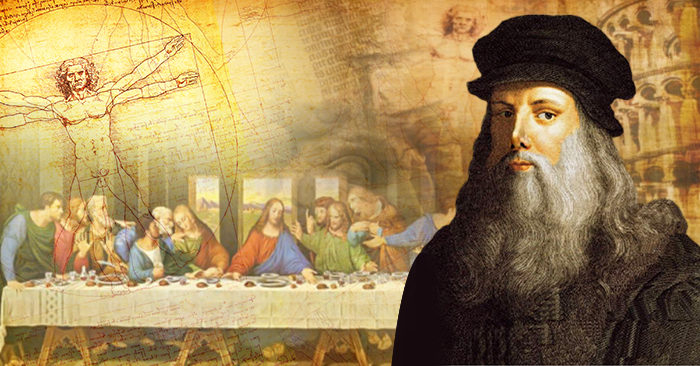
m.daikynguyen.tv 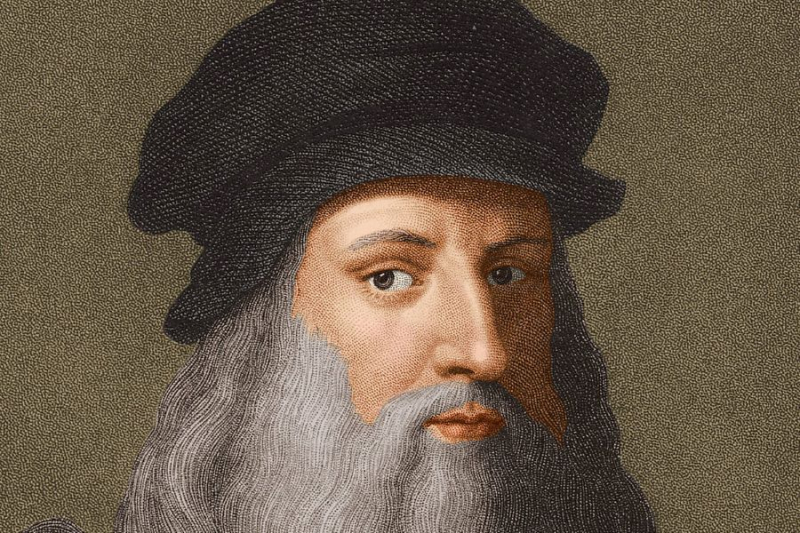
m.daikynguyen.tv -
What is the location of Giza? How did the Pyramids come to be? What happened to the cemeteries and the hundreds of ornate graves that surrounded them? What was Giza's contribution to the Old Kingdom, Egypt's first major epoch of civilization?
Pyramids of Giza: Ancient Egyptian Art and Archaeology is one of the Best Online History Courses. The Giza Plateau and its cemeteries, which include the magnificent Pyramids and the Great Sphinx, are fascinating representations of Egyptian architecture and culture. They provide glimpses into ancient Egyptian life, but they also hold mysteries that must be answered. The Giza Pyramids offer a unique chance to learn about archaeology's past as well as some of the current approaches that are defining the profession today. The art, archaeology, and history of the Giza Pyramids will be explored in this introductory course. We'll study Egyptian pharaohs and senior officials during the Pyramid Age, travel in the footsteps of major twentieth-century expeditions and see how cutting-edge digital techniques like 3D modeling are redefining Egyptology. Discover the history and importance of ancient Egypt's most famous archaeological site, Giza, and use innovative digital tools to unlock the mysteries of its ancient tombs and temples on this online voyage to ancient Egypt's most renowned archaeological site.What you'll learn:
- The history and significance of the Giza Pyramids and surrounding cemeteries
- Who explored the Pyramids and how did they document their discoveries?
- The cultural and religious significance of the Giza Pyramids, tombs, and temples
- The role of hieroglyphic inscriptions in the tombs at Giza
- An appreciation of Egyptian art of the Old Kingdom, or Pyramid Age
- How digital technologies allow us to visualize ancient monuments in new ways?
- What the future holds for understanding and experiencing of Giza
Duration: Estimated 8 weeks (2–4 hours per week)
Fee: free (optional upgrade available)
Self-paced: Progress at your own speedEnroll here: https://www.edx.org/course/pyramids-of-giza-ancient-egyptian-art-and-archaeol
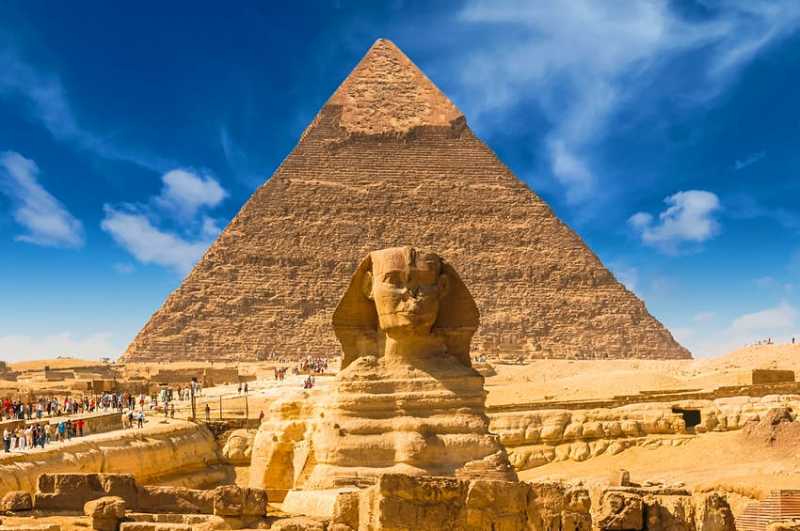
planetware.com 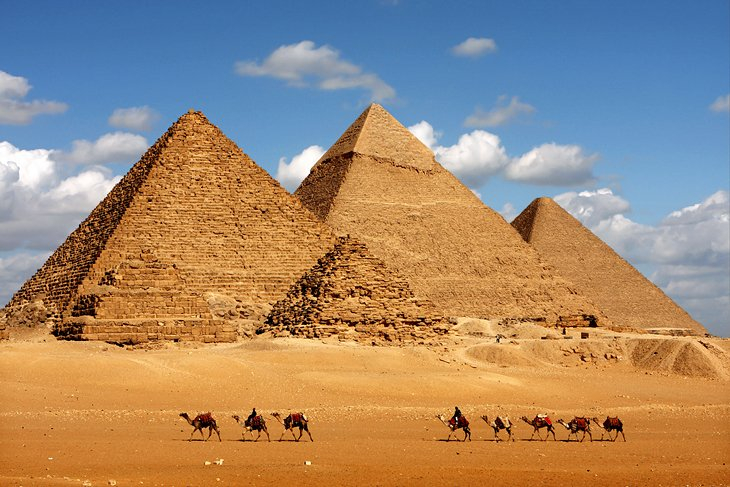
planetware.com -
This course will teach numerous types of literary analysis that you might use when reading Shakespeare, moving between the world in which he lived and the current day. You will discover a variety of critical tools that you may use to unlock the meaning and relevance of Shakespeare's plays through short movies taken on location in England and readings addressing themes such as Shakespeare's contemporaries and the politics of current performance.
When you go to Stratford-upon-Avon, where Shakespeare was born in 1564; London, where he began his acting career; and the Globe Theater, where his first plays were produced, This voyage through Shakespeare's life will transport you to another historical period and provide you with a fresh perspective on his immortal works.What you'll learn:
- The cultural significance of Shakespeare's plays and their performance
- How Shakespeare’s work was considered in his own time and in the present, in his own country and around the world
- Different approaches to textual interpretation
- How to consider authorial intention, historical context, and present relevance
- How to analyze Shakespeare's plays on the page and in performance
- Foundational knowledge of Shakespeare that can be applied to his specific works.
Duration: Estimated 4 weeks (5–7 hours per week)
Fee: free (optional upgrade available)
Self-paced: Progress at your own speedEnroll here: https://www.edx.org/course/shakespeares-life-and-work
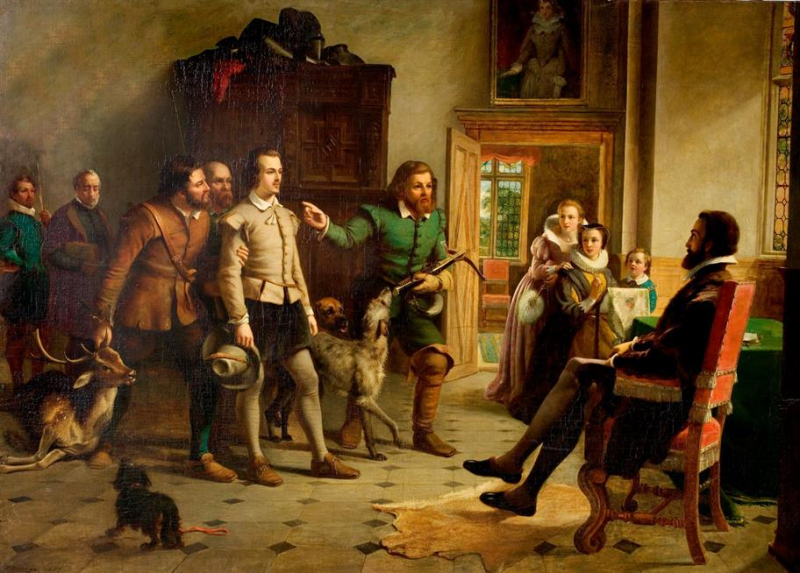
rsc.org.uk 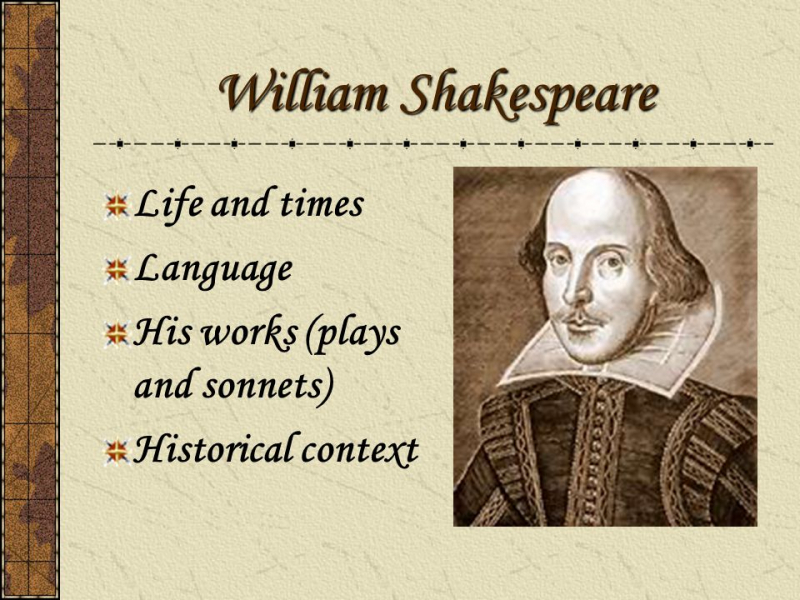
rsc.org.uk -
This course exposes students to the most critical periods in American history: the Civil War and Reconstruction. The Civil War changed the country by putting an end to the threat of secession and abolishing slavery. It presented issues that are important to the concept of ourselves as a people and a nation, such as the power balance between local and national authorities, citizenship limits, and the values of freedom and equality. The reasons for the conflict, the path to secession, the conduct of the Civil War, the arrival of emancipation, and the struggle after the war to give substance to the promise of freedom for four million emancipated slaves will all be explored in this XSeries. The politics of history – how the environment in which a historian lives impacts his or her vision of the past, and how historical interpretations sustain or question the contemporary social order – is a recurring issue throughout the series.
What you'll learn:
- How historians have described the path to secession, the causes and conduct of the war, the arrival of emancipation, and the battle to give meaning to the promise of freedom for four million emancipated slaves over the course of centuries.
- The importance of slavery in the southern and national economies
- How did the question of slavery's growth come to dominate national politics?
- In the previous two generations, historians' perceptions of the time have shifted dramatically.
- How the Civil War and Reconstruction shifted the focus on topics that are still relevant today
Duration: 1 year 2 months (4 - 6 hours per week)
Fee: $135 (For the full program experience)
Self-paced: Progress at your own speed
Expert instruction: 3 high-quality courses
Enroll here: https://www.edx.org/xseries/civil-war-reconstruction
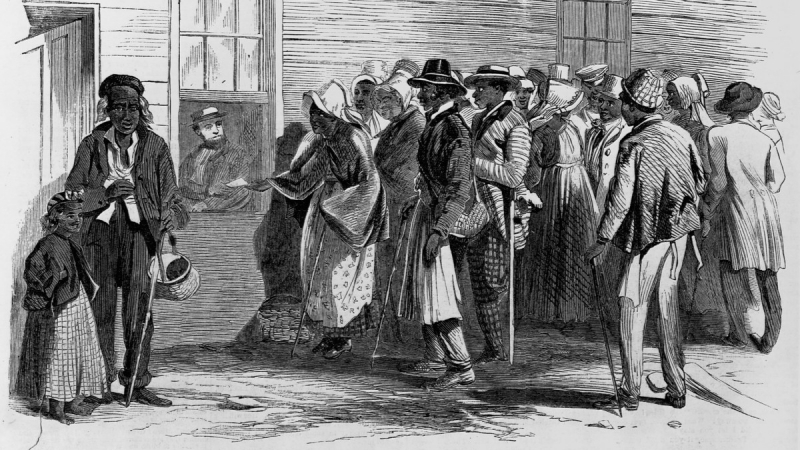
history.com 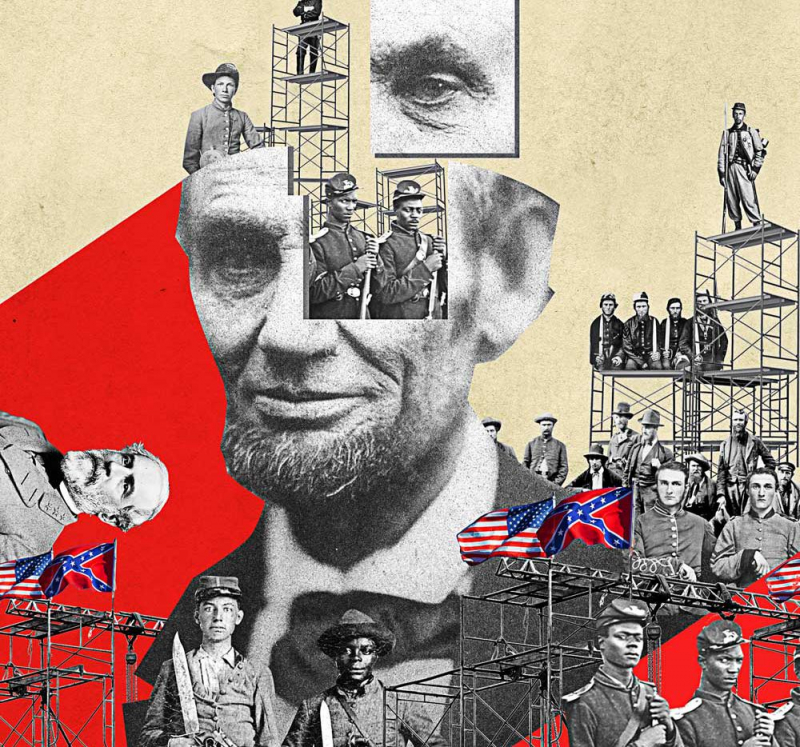
history.com















